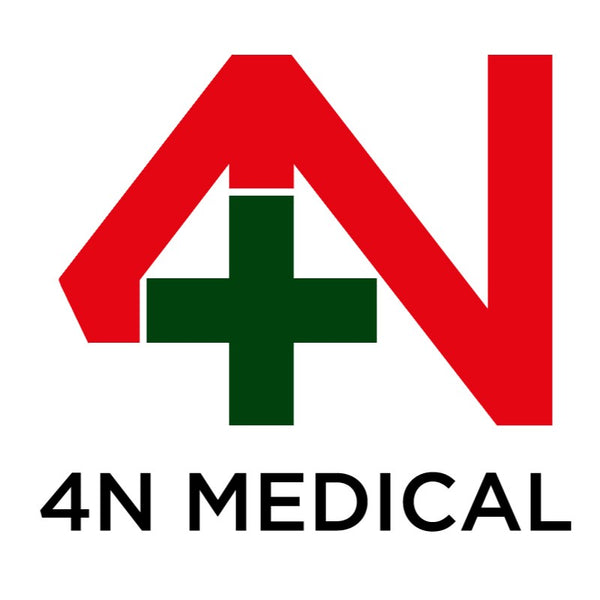
Importance of a High Volume Evacuator and its Challenges
Share
WHAT IS HVE?
- A suction device, referred to as a High Volume Evacuator, sucks a high air volume over a long time period.
- The difference in air volume is related to the borehole size or the number of holes in the high volume evacuator tip.
- High-volume evacuator devices have a large bore size with a single or several apertures.
- The basic HVE device in dentistry has a wide opening. That can evacuate up to 100 cubic feet of air per minute.
WHAT IS THE IMPORTANCE OF A HVE?
According to different studies, ultrasonic and air polishing treatments produce aerosols that contain saliva, blood, bacteria, and pathogens. Aerosol particles can persist in the clinician’s breathing space for an hour or more after becoming airborne. Increasing the likelihood of infections, including the common cold and influenza viruses, Herpes viruses, and tuberculosis (TB), spreading.
- Safety Measure: Although vaccines for diseases like the flu and H1N1 are available. The US Centers for Disease Control and Prevention (CDC) and the American Dental Association (ADA) do not recommend them as a precautionary step. Patients with infections like tuberculosis or SARS should avoid elective dental operations or seek treatment in a hospital. If a High Volume Evacuator is used as a preventative safety measure, then a mandate for the use is required.
- Effective: The high-volume evacuator is the most effective way to keep aerosolized particles from leaving the mouth. Studies claim that no single solution can guarantee complete protection. But the combination of protective measures such as PPE, with the HVE, provides the most effective and practical method of lowering the overall risk of infection.
- Protective: The high volume evacuator also gives greater protection against future liability claims and a tarnished public image of the dentistry business as a whole. A single illness can cause everything from outbreak to mortality. Individual dental teams ensure that they take all essential precautions to maintain a safe and sanitary working environment until regulations and monitoring are adopted and enforced.
CHALLENGES OF USING THE HIGH VOLUME EVACUATOR
As suction is generally a secondary function of the dental process, practitioners are more likely to select a device that provides comfort to focus on their primary objective. High Volume Evacuators are often an easy alternative and first choice for managing pooled water because they are extensively adopted as handheld and hands-free devices. On the other hand, Saliva ejectors are a poor choice for use with powered equipment because tests have shown that they are ineffective at lowering aerosols. Since a High Volume Evacuator is the greatest option, aspects such as performance, mobility, and ergonomics can directly impact this technology’s acceptability and clinical implementation.
- Achievement
- Clinicians must determine whether their high-volume evacuator suction system’s power and airflow volume are adequate for patient safety. Many devices are available nowadays that fit the HVE ports but function as Low Volume Evacuators (LVE). Clinicians must rely on existing data from manufacturer tests to determine the effectiveness of their devices because there is no standard safety measurement of air quality or vacuum performance.
- As previously stated, vacuum performance varies based on the system’s conditions. Even if a system has clean lines and adequate airflow, the static measurement of vacuum pressure can be quite low (mmHg). Backflow may occur here. Another example is an evacuation system with a high static reading but low volume due to congested lines (CFM). When more people are on the suction system loop, the volume drops. Most office suction systems are powerful enough to remove pooled water, but the lines can clog, lowering suction volume.
- Just because High Volume Evacuator Tips can be used on an HVE suction port to evacuate water and aerosols does not mean it is operating at an acceptable suction level at the terminal or user end.
- Flexibility
How to use HVE?
High Volume Evacuator devices must be held 6mm-15mm away from the active ultrasonic tip or air polisher in order to function effectively. When the practitioner operates in the front of the mouth. The device, like stationary gadgets, cannot be positioned in the back of the mouth, and vice versa. The key is mobility, and clinicians need to visit at least a dozen spots within the mouth using the HVE. The conventional high-volume evacuator tip is long so a straight profile might be difficult to work with. Thus, in order to avoid getting the suction trapped on the patient’s cheek or tongue. Clinicians must pay close attention to high-volume evacuator tip angulation. Finally, physicians must be able to manipulate their suction equipment within their patient’s mouths. Without causing discomfort while remaining focused on the treatment at hand.
- Ergonomic Design
- Ergonomic constraints might make the clinician’s job more time-consuming, more challenging to do, or even result in long-term injury.
- A standard HVE hose weighs about a pound and is somewhat stiff to handle.
- The pull on the arm and wrist might lead to repetitive strain injury.
- Clinicians cannot utilize their mouth mirrors for indirect viewing because high-volume evacuator devices are portable.
- Stretching over the patient to observe what they’re doing. As they work and thus relying solely on direct vision can put undue strain on the neck.
- Due to the limited visibility, physicians must often spend more time setting up the high-volume evacuator device. Checking all regions with the mouth mirror, and then rescaling any places missed.
High Volume Evacuator tips at Penguin Health contain a vented and non-vented combination for patient comfort, as well as a softer end. These high-volume evacuator tips are designed and tested for durability and typically fit all standards of HVE valves. They are single-use, free of latex, and they are transparent and multi-colored.
